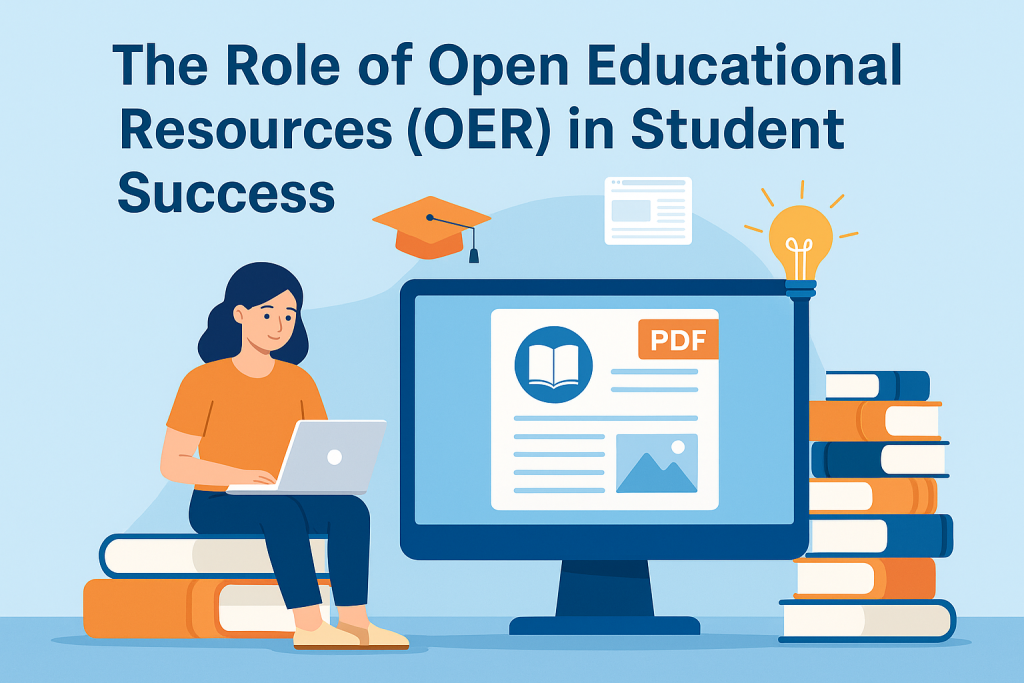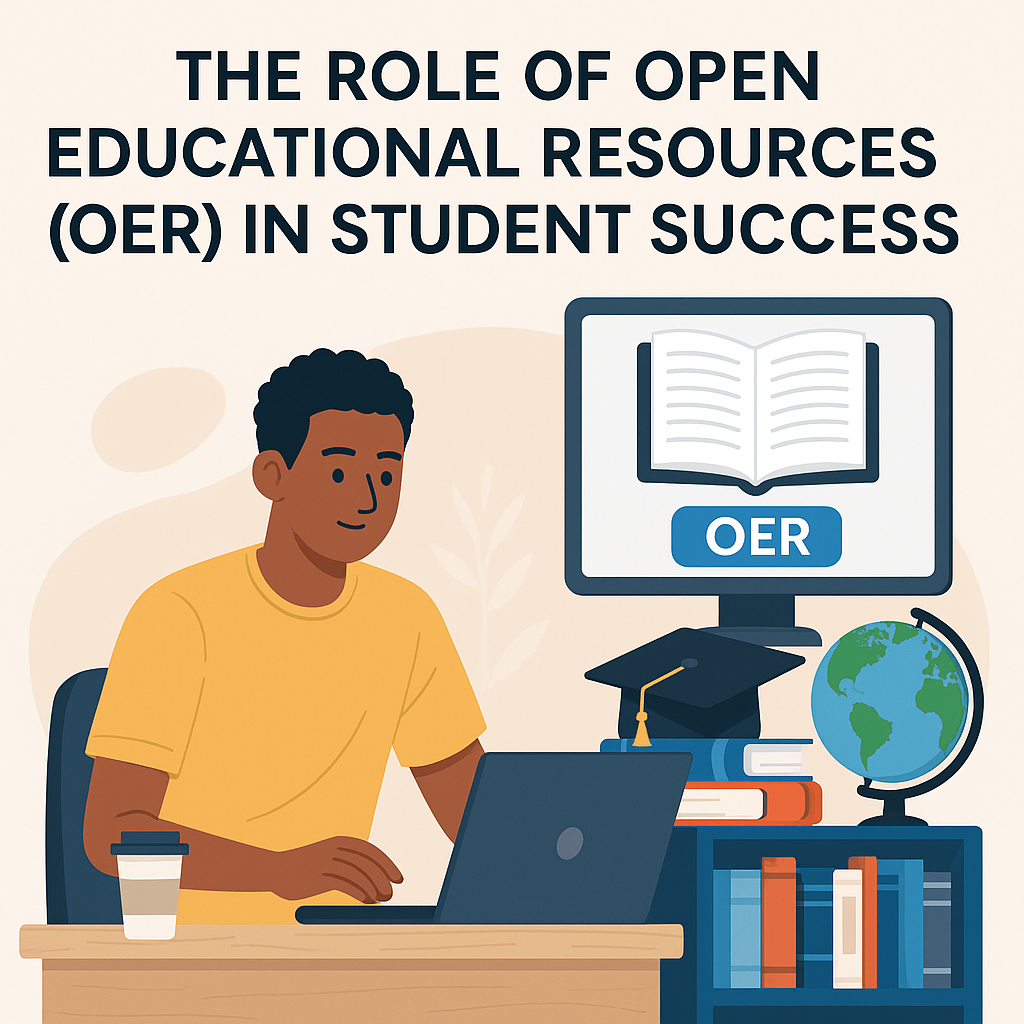 For decades, the rising cost of textbooks has been a major challenge for college students. Many students are forced to skip buying essential course materials because they can’t afford them. Enter Open Educational Resources (OER) — free, openly licensed educational materials that have transformed how students learn and succeed.
For decades, the rising cost of textbooks has been a major challenge for college students. Many students are forced to skip buying essential course materials because they can’t afford them. Enter Open Educational Resources (OER) — free, openly licensed educational materials that have transformed how students learn and succeed.
This blog explores the role of OER in student success, highlighting its benefits, challenges, and impact on higher education.
1. What Are Open Educational Resources (OER)?
Open Educational Resources are teaching, learning, and research materials that are:
Freely available online.
Licensed for open use (e.g., Creative Commons).
Often developed by educators, institutions, or non-profits.
Examples of OER include:
Free textbooks (e.g., OpenStax).
Lecture videos and recorded lectures.
Practice quizzes, simulations, and case studies.
Open-access research articles.
2. The Rising Cost of Traditional Textbooks
According to the College Board, students spend between $500 and $1,200 annually on textbooks.
High costs lead some students to delay or avoid purchasing required materials.
Skipping textbooks negatively impacts academic performance and retention rates.
3. Benefits of OER for Student Success
a) Accessibility and Affordability
OER removes financial barriers, giving all students equal access to required materials.
Students can download, print, or view OER content anytime, anywhere.
b) Academic Performance
Studies show that students using OER perform as well as, or better than, those using traditional textbooks.
Having immediate access to course materials boosts preparation and participation.
c) Customization and Flexibility
Professors can adapt OER to their teaching style or specific course needs.
Materials can be updated quickly to reflect new knowledge.
d) Inclusivity and Equity
OER promotes educational equity by ensuring every student starts the course with access to the same resources.
4. How OER Supports Student Retention and Graduation Rates
With OER, fewer students drop courses due to unaffordable textbooks.
Improved access contributes to higher completion rates and long-term student success.
Many institutions report lower dropout rates after adopting OER.
5. Popular Platforms and Examples of OER
OpenStax – Free, peer-reviewed textbooks for major college subjects.
OER Commons – A public digital library of OER.
Open Textbook Library – Hundreds of open-access college textbooks.
6. Challenges of OER Adoption
Awareness: Many students and faculty are unaware of OER.
Quality concerns: Some worry OER may lack rigorous peer review.
Technical access: Students without reliable internet may still face barriers.
Faculty training: Instructors need support in adopting and customizing OER.

7. The Future of OER in Higher Education
Growing government and institutional support for OER adoption.
Increased collaboration among universities to share open resources.
Integration of OER with learning management systems (LMS) like Canvas and Blackboard.
The role of Open Educational Resources in student success is undeniable. By removing cost barriers, providing flexibility, and ensuring equitable access, OER empowers students to succeed academically and financially.
As more institutions adopt OER, the future of education looks more inclusive and affordable.
While OER provides free resources, students may still need affordable commercial eBooks for specialized subjects. Explore CSTBooks.com for a wide range of low-cost academic eBooks to complement your OER resources.
Some books you can refer to :
Healthcare Affordability: Motivate People, Improve Processes, and Increase Performance – eBook
Open Innovation and Entrepreneurship: Impetus of Growth and Competitive Advantages – eBook
